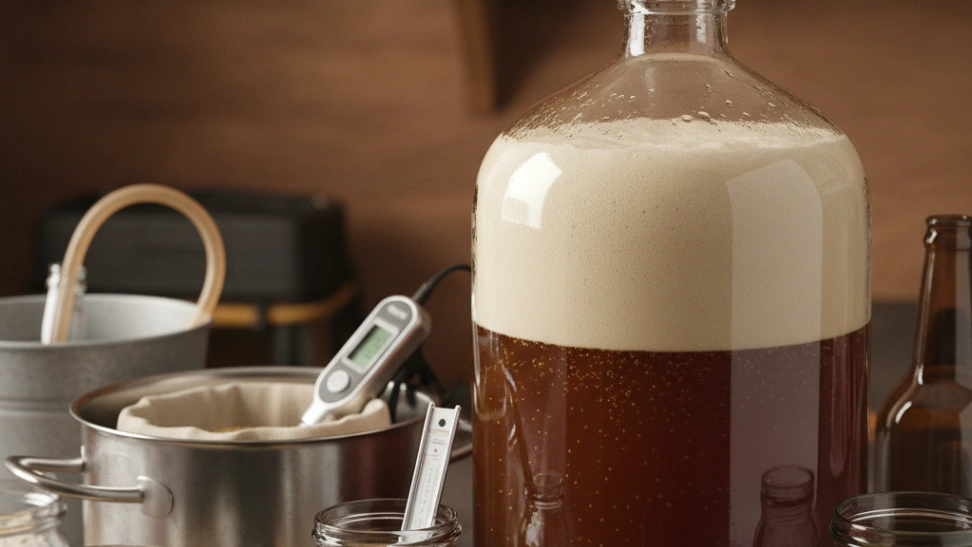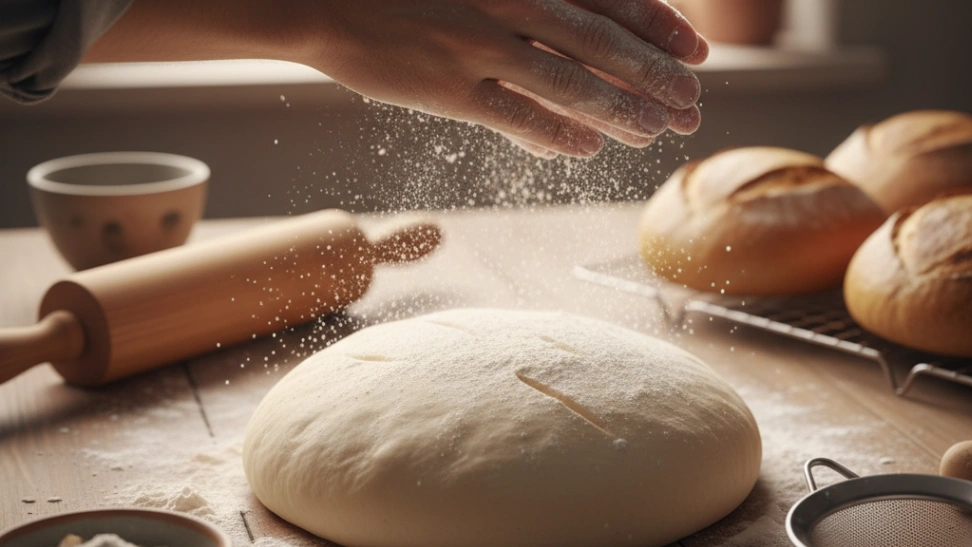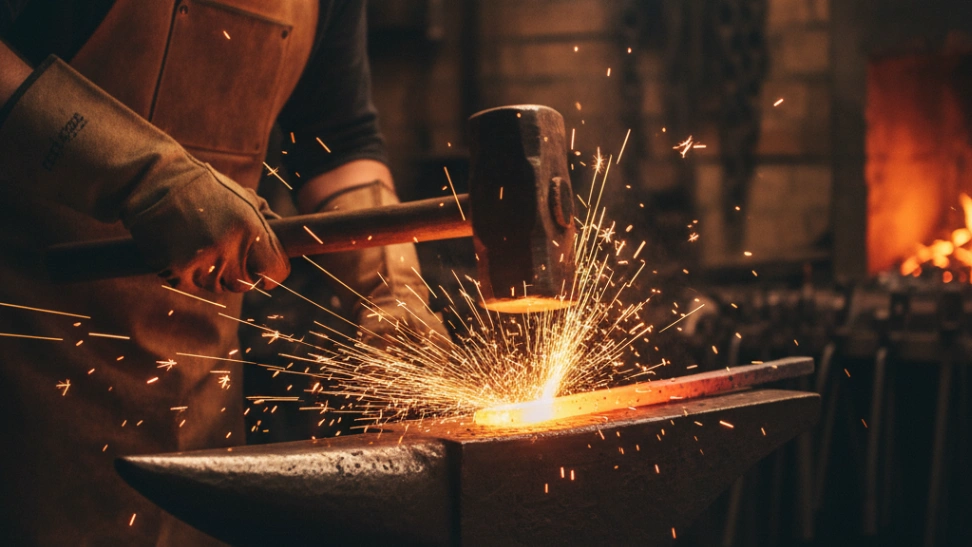Is This Hobby For You?
Perfect for patient individuals who enjoy blending scientific precision with creative culinary exploration to produce unique beverages.
Why You'll Love It
- Craft your own unique beer, cider, or mead flavors tailored to your taste.
- Engage in a deeply satisfying blend of science, art, and culinary skills.
- Join a passionate and supportive global community of fellow brewers.
Good to Know Before You Start
- Requires meticulous sanitation to prevent spoilage and off-flavors.
- Can be a time-consuming hobby, especially during brewing and bottling days.
- Initial setup costs can be moderate, plus ongoing ingredient expenses.
Hobby Traits
How the community rates this hobby.
Getting Started: The Essentials
The basic requirements to begin your journey with Homebrewing.
Startup Cost
$250
Community-voted average
Ongoing Cost
Very Low
Monthly upkeep estimate
Essential Gear
Fermentation Bucket/Carboy
The primary vessel for fermenting your beer, typically 1 to 5 gallons in size.
Airlock & Stopper
Allows carbon dioxide to escape from the fermenter while preventing outside air and contaminants from entering.
Hydrometer & Test Jar
Used to measure the sugar density of your wort/beer, tracking fermentation progress and calculating alcohol content.
Sanitizer
Essential for preventing infections and off-flavors; everything touching the wort after the boil must be meticulously sanitized.
Large Pot (5+ gallons)
A sturdy pot used for boiling the wort and adding hops during the brew day.
Bottling Bucket with Spigot
Facilitates easy transfer of fermented beer and helps in evenly distributing priming sugar for bottling.
Bottles & Capper/Caps
For packaging your finished beer and allowing it to carbonate naturally.
Learning Curve
Overall Difficulty: Easy
Associated Skills
Skills you can expect to develop while pursuing this hobby.
A Closer Look at the Traits
Mostly Solo
Primarily a solitary activity, but with communities available to share your results.
Moderately Mental
Primarily a mental activity, but may have some light physical components.
Very Practical
Results in a tangible skill or useful item, focusing on practical outcomes.
Very Calm
A deeply relaxing and meditative activity with minimal physical effort.
Purely Indoors
Best enjoyed in the comfort of your own home or a dedicated indoor space.
Purely Creative
A highly creative and expressive outlet for your imagination and artistic side.
Frequently Asked Questions
Hobby Traits
How the community rates this hobby.



